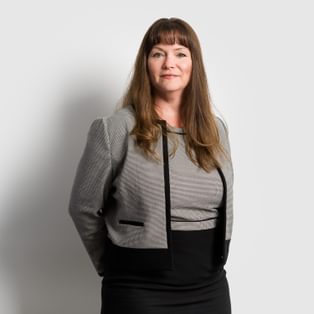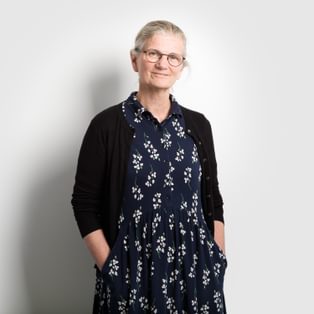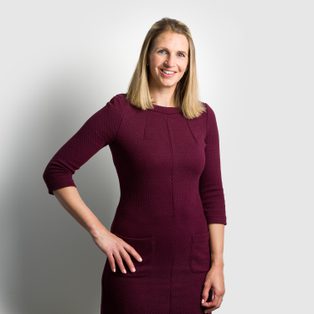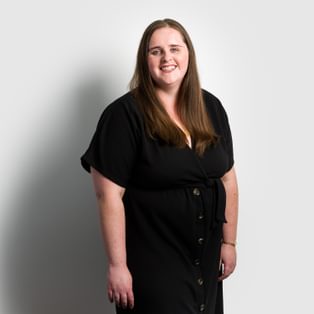In a recent Supreme Court decision which consolidated two cases the Court has provided much needed clarity and confirmed that property used for commercial purposes cannot constitute a "house" for the purposes of the Leasehold Reform Act 1967 (Act).
This means that landlords of properties which may have once been houses and which are now used for predominantly commercial purposes do not have to be concerned that the commercial tenants can compulsorily acquire the freehold to those properties.
Rights for homeowners
The Act was brought in at a time when many long residential leases in various parts of the country were about to come to an end. It was considered that the long leaseholders, many of whom may have acquired their leases at a capital value, were being unfairly prejudiced by losing an asset in which they may have invested considerable resources. As a result, the Act provided, amongst other things, the right for a tenant:
- of a house;
- of a long lease (over 21 years); and
- who has owned the lease for at least two years,
- to purchase the freehold from the freeholder. There are some important exceptions to this definition including a lease to which Part 2 of the Landlord and Tenant Act 1954 applies.
Relaxation of qualifying criteria
When the legislation was first enacted, in order to qualify for the right, the tenant had to occupy the house as a residence (in place of the two year ownership condition) and the lease had to be at a low rent. These requirements were relaxed in 2002 to make it easier for tenants to exercise enfranchisement rights. However, an unintended consequence was to make the definition of "house" under the Act more unclear.
What is in a name?
In order to qualify, the lease must be of a house which is defined by section 2 of the Act as "any building designed or adapted for living in or reasonably so called". This definition has generated a great deal of case law and it has been held that the following can constitute a house for the purposes of the Act:
- a shop with residential premises above;
- a building divided into flats (but not the flats themselves);
- two houses which are occupied as one dwelling.
In the Hosebay case the premises in question, although originally constructed as houses, were being used to provide short term lettings for tourists and visitors (i.e. for the tenant's business). In the Lexgorge case the premises in question were built as a house and occupied for residential purposes until 1888 since when they had been used for commercial premises. There was an existing planning permission for residential purposes but from 1951 the premises were let on a 110 year lease for office and ancillary purposes with flats on the upper floors. However, as the tenants were not in occupation for the purposes of their businesses, the lease did not enjoy the protection of Part 2 of the Landlord and Tenant Act 1954.
Designed or adapted for living
In Hosebay it has been decided at first instance and upheld on appeal that, due to the recent works and because the building was capable of being lived in, the building in question was "designed or adapted for living". The Supreme Court rejected this, instead focusing on the building's current physical character and whether the building could, at that time, have been properly described as a house. A building which was originally designed for living in and later adapted for other purposes could not fall within this definition unless later re-adapted. The Court also:
distinguished between a case where the residential use had ceased, rather than been replaced with another, non residential use; and
confirmed that the test under section 2 was a two-stage test so that a building must be both designed or adapted for living and a house "reasonably so called".
Reasonably so called
In both cases, the Supreme Court disagreed with the lower courts' reasoning that the outward appearance of the building was enough to displace a use which was commercial (or predominantly so).
Applying the test
In order to decide whether a building is a "house" for the purposes of the Act, parties will need to consider:
- the internal and external characteristics of the building; and
- its current use at the date the claim is made, rather than whether a building was originally designed as a house.
However, there is likely to be uncertainty around certain categories of buildings such as houses let for commercial purposes which are then vacated prior to service of a notice under the Act, or buildings which are sublet for residential use which is less transient than tourist accommodation.











































































































































